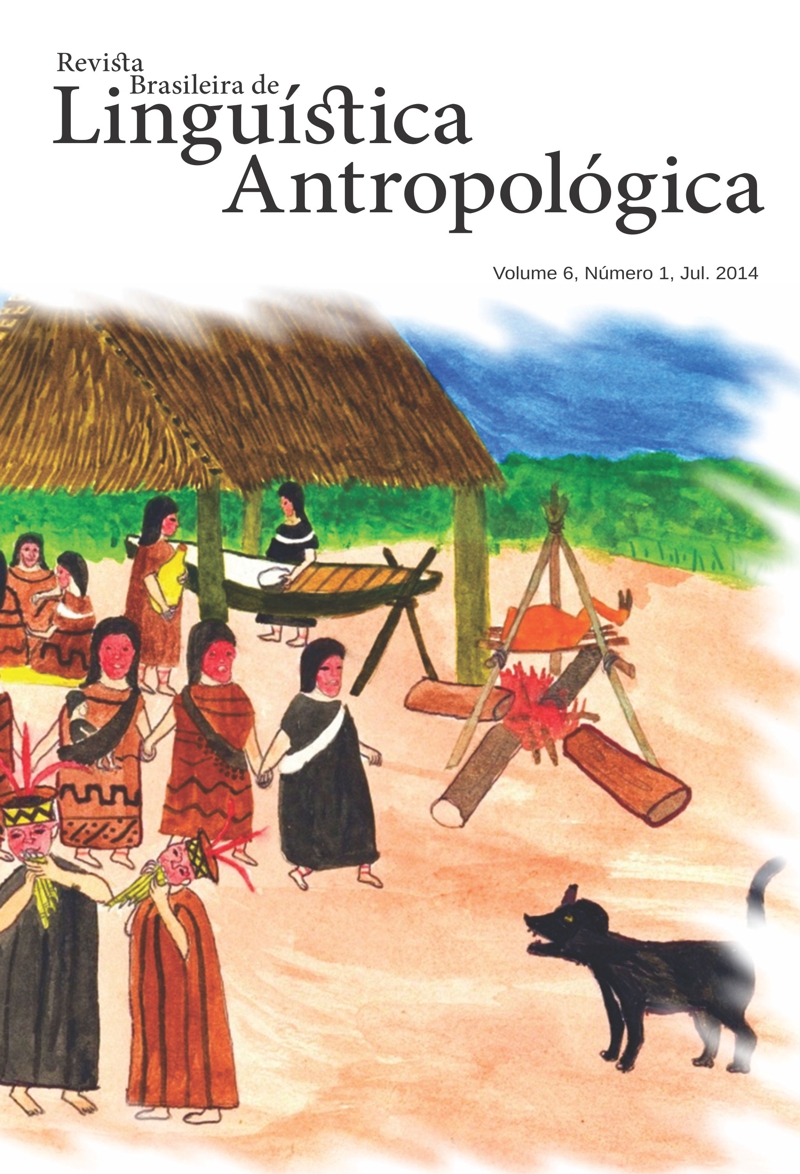The system of nominal classes in the Saliba Language
DOI:
https://doi.org/10.26512/rbla.v6i1.21062Keywords:
Nominal class system. Nominal class morfem. Animated. Inanimated. Classificatory Concordance.Abstract
One of the main features of the Saliba language is a distinct nominal class system that
establishes a qualifying grammatical agreement along sentences. Those nominal classes
belong to worldview of the Saliba people, who classify the world around them into two
large groups: animate and inanimate entities. The animate system incorporates gender and
number characteristics into three categories: masculine, feminine, and plural or neuter. The
inanimate system splits into two categories: singular and plural. The singular inanimate
family includes 22 nominal classes assorted according to their form, function, state, or
consistency. The plural inanimate family is subdivided into 18 variable classes. This class
system has the name as its starting point and ramifies into new words that take several class
morphemes.
Downloads
References
Estrada Ramírez, Hortensia. 1996. La lengua sáliba. Clases nominales y sistema de concordancia, Premios Nacionales de Colcultura 1995, Tercer Mundo Editores, Santafé de Bogotá.
Estrada Ramírez, Hortensia. 2000. “La lengua sáliba”, en Lenguas indígenas de Colombia: una visión descriptiva, María Stella González de Pérez y María Luisa Rodríguez de Montes (coordinadoras), Instituto Caro y Cuervo, Santafé de Bogotá.
Estrada Ramírez, Hortensia. 2001 (enero a junio) “Las marcas de clase nominal y sus funciones en la oración”. Fundación para la Promoción de la Investigación y la Tecnología, Banco de la República, CCELA, Universidad de los Andes, Bogotá.
Downloads
Published
How to Cite
Issue
Section
License

This work is licensed under a Creative Commons Attribution 4.0 International License.
Authors who publish in RBLA agree to the following terms:
a) Authors maintain the copyright and grant the journal the right of first publication, and the work is simultaneously licensed under the Creative Commons Attribution License, which allows the sharing of the work with recognition of the authorship of the work and initial publication in this journal.
b) Authors are authorized to assume additional contracts separately, for non-exclusive distribution of the version of the work published in this journal (eg, publish in an institutional repository or as a book chapter), with recognition of authorship and initial publication in this journal.
c) Authors are allowed and encouraged to publish their work online (eg, in institutional repositories or on their personal page) at any point before or during the editorial process, as this can generate productive changes, as well as increase impact and citation of the published work.







